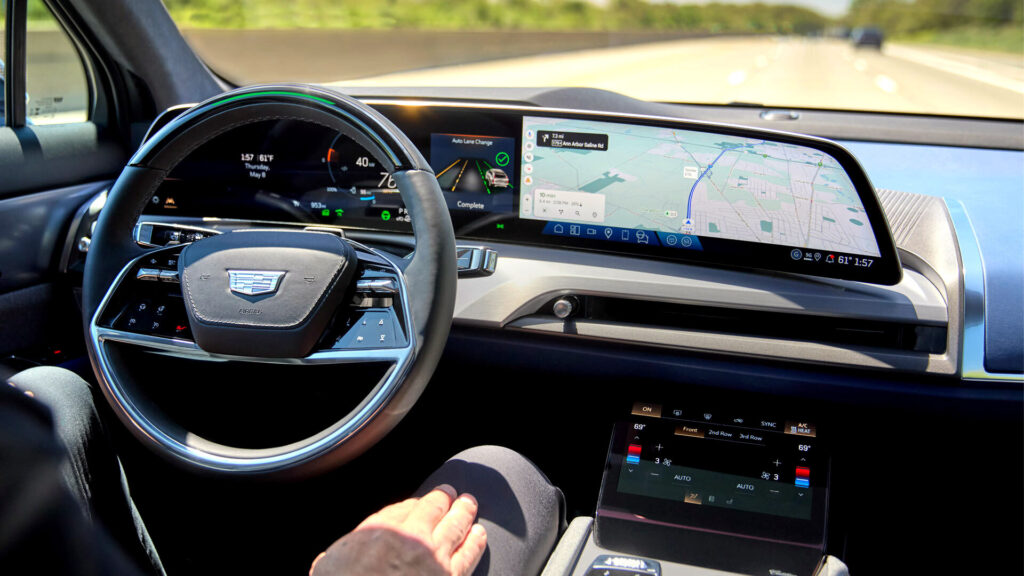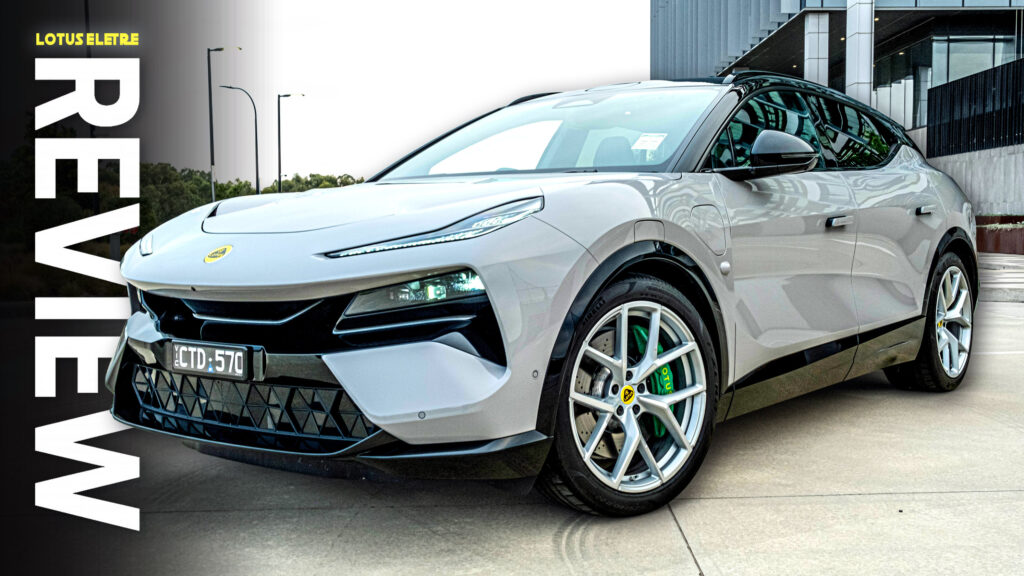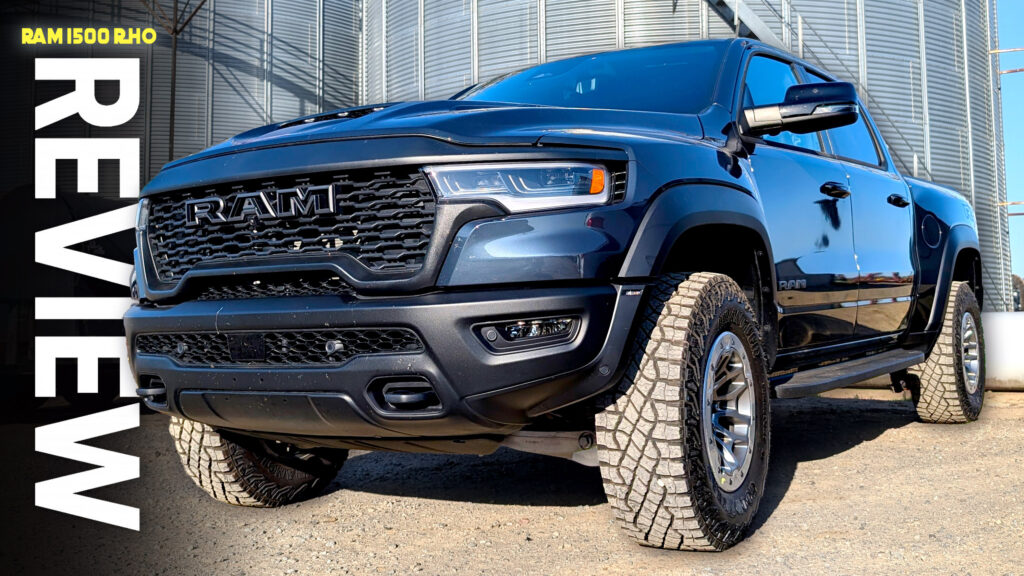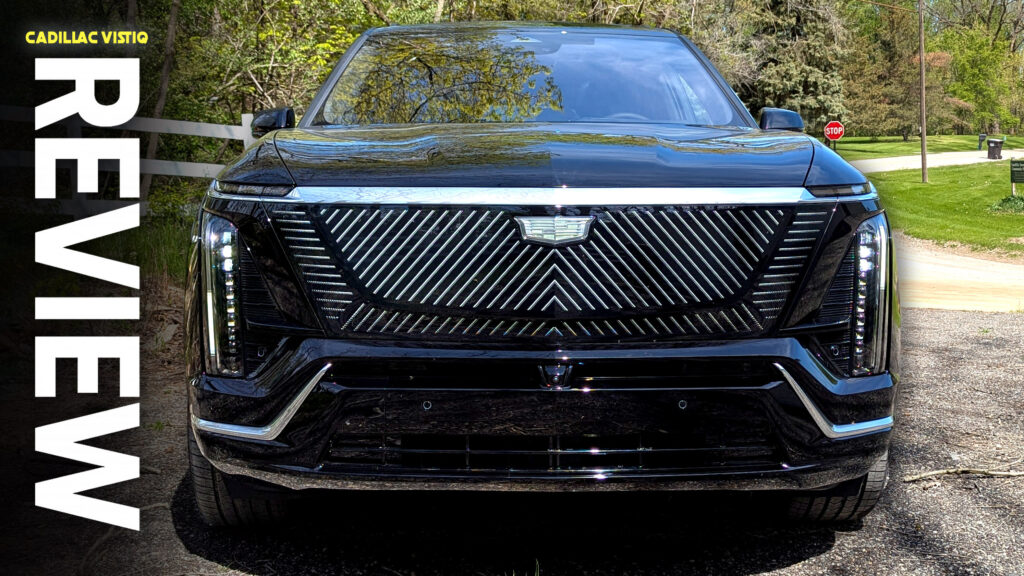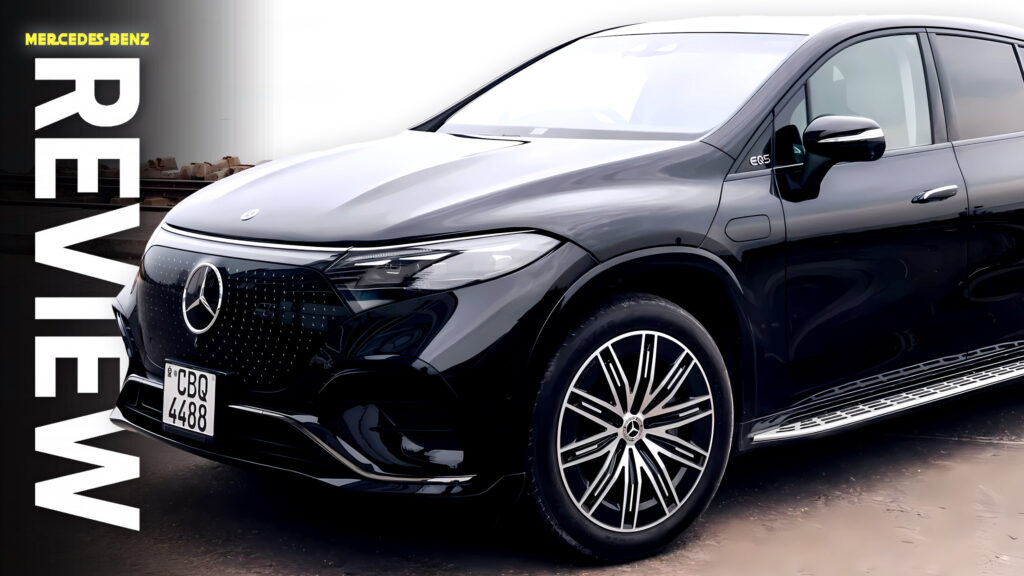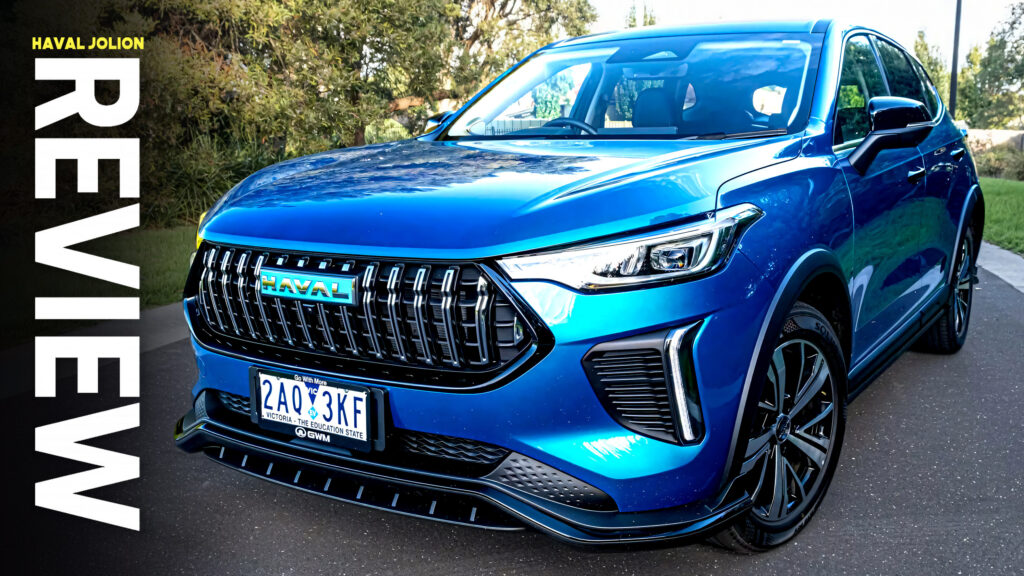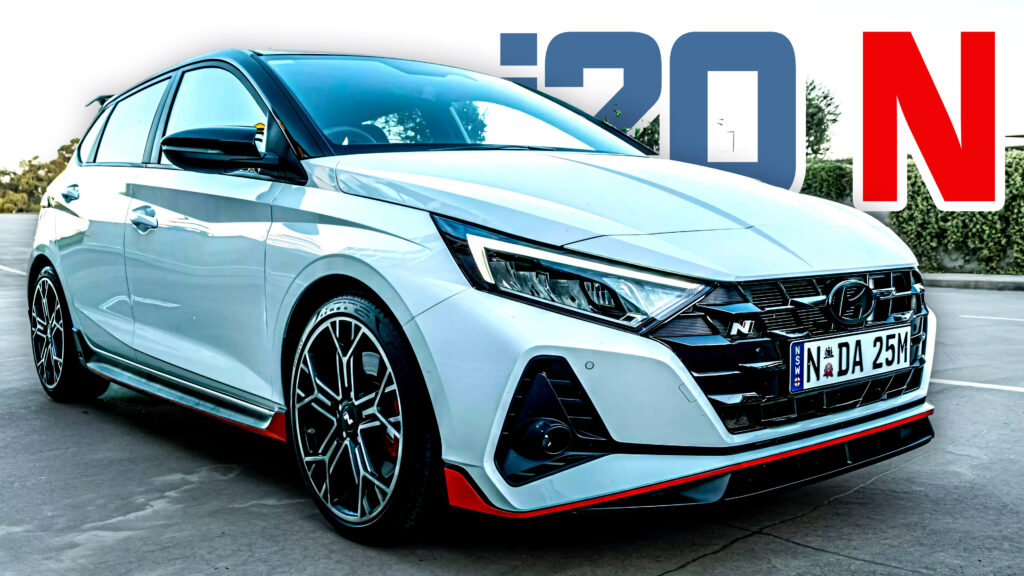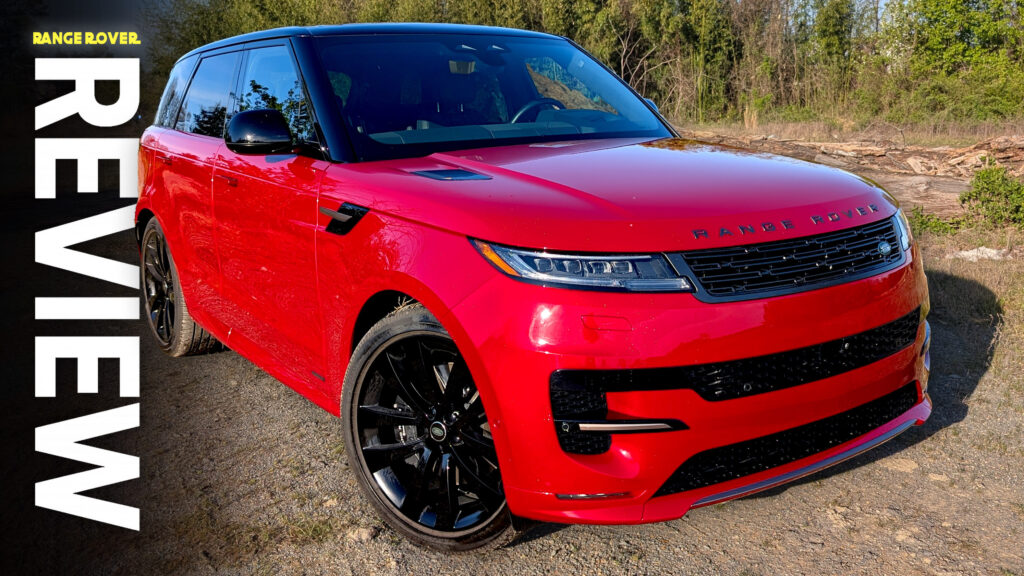
Beauty, style, and elegance are not that common in the automotive world today. That’s no surprise with the sea of crossovers that have become the de facto choice for so many. What then for the person with the means to do more but with the need to drive something similar? That’s what the Range Rover Sport aims to be.
var adpushup = window.adpushup = window.adpushup || {que:[]};
adpushup.que.push(function() {
if (adpushup.config.platform !== “DESKTOP”){
adpushup.triggerAd(“0f7e3106-c4d6-4db4-8135-c508879a76f8”);
} else {
adpushup.triggerAd(“82503191-e1d1-435a-874f-9c78a2a54a2f”);
}
});
It doesn’t have the hardcore off-road equipment of its Defender, Discovery, or Range Rover full stop siblings. It’s not wildly approachable either, with a base price just shy of $84,000 for the SE with the 3.0-liter 6-cylinder engine. How then can it fit into a family so well-built on ruggedness? Because it makes no promises that it can’t keep.
Rather than pose as a do-it-all Swiss Army Knife, it focuses on just a few things and does them very well. It’s stylish, it’s comfortable, and it’s wildly quick for a vehicle of this size and type. Oh, and we didn’t even test the fastest of the bunch. So, here’s what we learned after a week with the V8-powered version of the Range Rover Sport in Autobiography trim.
Quick Facts
SWIPE
Stand out while standing still. That might as well be the design brief for the Range Rover Sport because that’s exactly what it does. Of course, our Autobiography-trimmed test car had a little help from its Firenze Red paint color, but the body of this car is stunning in any shade. Where other automakers slap the word “Sport” on something to sell a few more units with slightly different features, Range Rover adds a lot of substance with that single word.
Read: Jaguar Land Rover Halts All US Vehicle Exports
The body shape is completely unique to the brand and takes everything about the flagship Range Rover and gives it a far more athletic attitude. The entire shape is somewhat raked and monolithic. The front end features a low front bumper and the fenders stretch out to provide an almost widebody appearance. 23-inch wheels sit at each corner and finish off an imposing presence.
Kingly Comfort

SUVs are meant to combine practicality and style. It’s how they do it is what separates the good from the bad, though. Range Rover focused on elegance and, for the most part, did a great job with a few notable exceptions.
var adpushup = window.adpushup = window.adpushup || {que:[]};
adpushup.que.push(function() {
if (adpushup.config.platform !== “DESKTOP”){
adpushup.triggerAd(“bb7964e9-07de-4b06-a83e-ead35079d53c”);
} else {
adpushup.triggerAd(“9b1169d9-7a89-4971-a77f-1397f7588751”);
}
});
The seats deserve special mention because they’re very unique in the car world. They almost remind me of Faye Toogood’s Roly-Poly chair as they are all about comfort over everything else. The bottom cushion is especially expansive and provides maybe the best thigh support in the business, without counting those that have auxiliary settings for such a thing.
These seats feel like they’re naturally reclined a little and at the same time, provide good head and neck support. For moments of more vigorous driving, they allow occupants to add more lateral support via the side bolsters. They even have inboard armrests that allow for custom positioning or stowing altogether. Still, despite these niceties, this is far from a perfect cabin.
One complaint worthy of mention is the steering wheel. When we tested the Defender, we remarked about how nice the exposed metal on it was. Here in the more expensive Range Rover Sport, we get piano black plastic, which is unquestionably less special. That said, at least the buttons work and provide good feedback.
Sadly, the piano black continues onto the center console where it glares back at passengers with so many fingerprints that you’ll think dozens of people have been in the car in only the few minutes before you entered. In addition, and this is something notable about the Evoque as well, there is a lot of unused real estate to the right of the shift lever. Not every single surface needs a button or switch, but it’s an interesting choice nonetheless.
var adpushup = window.adpushup = window.adpushup || {que:[]};
adpushup.que.push(function() {
if (adpushup.config.platform !== “DESKTOP”){
adpushup.triggerAd(“b25ecba7-3bbb-4ea7-a3a8-dbea91695c07”);
} else {
adpushup.triggerAd(“e46c436a-adeb-4b5e-a2c7-56bc36561c10”);
}
});
Photos Stephen Rivers for Carscoops
Speaking of the center console, the storage situation is very interesting and mostly very good. The only issue is directly behind the shift lever, where users will find a panel that slides back to reveal two options. Option one is a deep storage cubby with a USB-C power port. Above that is a slide-out dual cup holder which works great, except when you have drinks in it and need to access the storage cubby. At that point, one must remove the drinks and stow them somewhere else to get whatever is beneath them.
Beyond that, though, there is no shortage of storage in this SUV. The front passenger gets not one but two glove boxes. Both front occupants have access to a cooler that sits behind that strange cupholder situation, and between the two is a small pad for something like a pen, some business cards, and maybe some Post-its notes. Ahead of the shifter, one will find another hidden space for a phone with a wireless charger and coin storage. Under the main level of the console is another pass-through space for more stuff like sunglasses.
The rear seats are highly similar to the front units, albeit not as featureful. They lack the bolster adjustments, the massage settings, and the range of motion, but are otherwise just as comfy. I’m happy to report that they feature ample head and legroom for tall and short folks alike, and they even recline should one want to snooze a little back there.

The cargo hold itself is also well-appointed and robust. The flooring is a hardened rubber, and Range Rover included several optional extras too. Our test vehicle had a super simple tonneau cover and a basket full of accessories. It included cargo netting, different baggage solutions, and had several ways to secure it in the SUV. There are also buttons to raise and lower the rear seats and others to raise and lower the cargo area to make it easier to load.
Infotainment That Grows On You

There’s no getting around it, the infotainment system in this car isn’t the most advanced, the largest, or the most featureful. Nevertheless, it’s impressively intuitive. We’ve praised the setup before in the Evoque, but it deserves more attention here. Range Rover basically divides the screen into three sections, one on each side for each person up front, and then a large main area in the middle.
This allows each front-seat occupant to control whatever they might need very quickly without hunting through different menus. The driver gets seven clearly marked buttons: two for defrosting, one for climate control, one for drive mode, one for navigation, one for media, and one for a deeper menu.
More: Land Rover Trolled In Public By A Muddy SUV And A Rolling Billboard
The passenger gets four buttons, one for more settings, one for the surround-view camera system, one for media volume, and one for climate control. The most used buttons, climate control and volume, are dynamic. The user can simply touch them to open a larger menu or click and slide them to quickly change the setting. It’s simple, intuitive, and reacts very quickly.
Rear-seat occupants needn’t worry that their climate system is less exciting, though. Range Rover includes a fun ‘push/pull’ button for each side of the rear climate zones that allows occupants to change either the temperature or their seat setting. It’s another great use of one button to do several things without overcomplicating the situation. It’s also great to see physical controls staying where they belong.
Drive Impressions

It would be easy to think of the Range Rover Sport as a posh people mover and not much else, but that thought is wrong. Even in its most basic form, the Range Rover Sport comes with a 355 horsepower (264 kW) six-cylinder engine that can go from 0-60 mph in just 5.7 seconds.
It’s not as quick as rivals from BMW or Porsche, but it’s not what we’d call slow either. Our test vehicle leveraged a 4.4-liter twin-turbocharged V8 with 523 horsepower (390 kW), 553 lb-ft (752 Nm), and a claimed 0-60 mph time of 4.3 seconds. We managed to achieve that feat even quicker, though, in a mere 4.1 seconds.
This isn’t just a straight-line performer either. The adaptive suspension does a great job of keeping this SUV’s 5,300-lb (2,404 kg) curb weight in check. It corners flat and with no discernible understeer when pushed hard. The steering is communicative, and, in general, the Range Rover Sport feels small and nimble. The eight-speed gearbox is smooth too.

It makes piloting the car a pleasure even when traffic is heavy or you’re stuck in a cityscape with countless drivers paying less than full attention. That’s impressive, but where this SUV really shines is on a long, open road.
There, it’s comfortable, serene, quiet, and smooth. It soaks up miles with ease, and the integrated semi-autonomous driving features like lane-keep assist and dynamic cruise control make for a relaxed ride. It’s rare that we get chances to take cars on road trips of any serious length, but we made two separate nine-hour drives in this and never felt like we needed a big break from the road. In fact, if there’s one thing that genuinely shocked me, it’s that we achieved 22.7 mpg across the entire week in a car with over 500 horsepower. What’s not to love about that?
Competition
Photos Stephen Rivers for Carscoops
As mentioned, the Range Rover Sport isn’t as quick as rivals from BMW and Porsche, but it’s not really trying to tackle that market. Rather, it’s somewhere between those goals and what its siblings, the Defender, Range Rover full stop, and Discovery, have already built. Those SUVs are made for rugged terrain, poor weather, and shuttling folks around in comfort and quiet. To that end, the Range Rover Sport does that but with a flair the others don’t really have.
At the same time, it’s hard to pitch this as a good value. Rival brands offer similar accommodation and, in many cases, even better driving dynamics. While the Range Rover Sport excels in terms of overall comfort, it’s also very pricey. Those who want this sort of experience but for far less should consider something like the Genesis GV80, which provides the same flavor, albeit far more artificially. The two are sort of like the relationship between genuine and imitation saffron.
Final Thoughts

The Range Rover Sport manages to bridge the gap between luxury and capability without falling into the trap of over-promising. Its focus on style, comfort, and performance makes it a compelling choice for those seeking a premium SUV that doesn’t sacrifice driving dynamics.
While it may not be the most rugged off-roader in the Land Rover lineup, its refined on-road manners and potent engines deliver an experience that’s both engaging and luxurious.
This balance allows it to stand out in a crowded segment, appealing to buyers who value a blend of sophistication and athleticism. After a week in it, we didn’t want to give it up. We bet you wouldn’t either.
